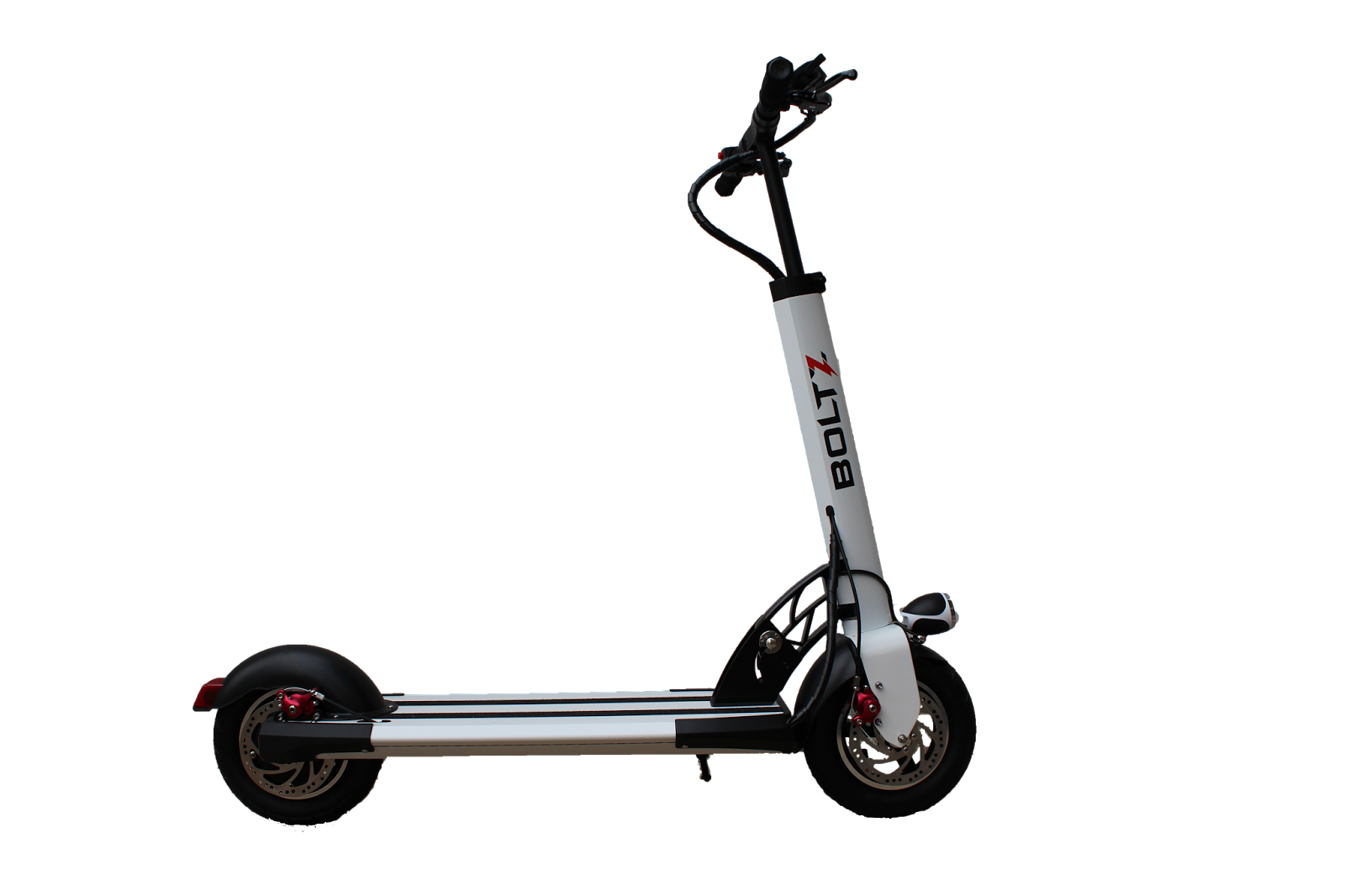Duty and Manufacturing Licence Exemptions for Four Motorised Vehicle Types
Source: Singapore Custom Newsletter
As part of continued efforts to keep its
rules and regulations relevant to society's changing needs, Singapore
Customs has recently granted exemptions on the duty and manufacturing
licence for powered kick scooters, self-balancing cycles, mobility
scooters and all-terrain vehicles.
Duties play a significant role in Singapore's development and
history. Originally introduced in 1967 for passenger vehicles to help
protect and develop the local motor industry, they were increased in
1972, prompted by the need for more revenue, as well as to relieve
traffic congestion and air pollution by discouraging the ownership of
cars. As the number of vehicles on the roads grew, duties were also subsequently introduced for motorised two-wheelers.
Today, duties are generally levied on all motor vehicles designed for transportation of up to nine persons as well as motorcycles.
Recognising the rate of new technological innovations and fast-evolving business needs, Singapore Customs regularly reviews and updates its regulations and licensing requirements.
Keeping in mind the policy's intent to reduce traffic congestion and its harms, Singapore Customs had previously exempted certain vehicles that are not permitted for use on public roads from duties. These include go-karts, "pocket" motorcycles as well as race cars and motorcycles.
Since January 2011, four new categories of motorised vehicles have been added to the list and are now also exempt from duties. Similarly, the requirement for a licence to manufacture these four types of motorised vehicles in Singapore has been removed. Learn more about these vehicles and their everyday uses below.
| 1. MOBILITY SCOOTER Also known as a power scooter or disability scooter, these three- or four-wheeled vehicles are commonly used by disabled and elderly persons for moving around. Given Singapore's ageing population, the demand and life-improving benefits of such mobility aids look set to increase. |
||
| 2. Self-Balancing Cycle Defined as a one- or two-wheeled self-balancing electric vehicle, this category's best example is perhaps the Segway Personal Transporter where the user stands on the vehicle and controls it by leaning in the direction he wants it to move. Other similar products in the market include the Toyota Winglet and the eniCycle. At present, self-balancing cycles can be rented for use at Sentosa and Changi Airport's Terminal 3. The creative use of self-balancing cycles to peddle beverages at 313@Somerset's Food Republic has also become the food court's signature feature. With the new duty exemption, the cycle is likely to see more innovative business applications and help improve service experience. |
||
| 3. Powered Kick Scooter Also known as a push scooter, in-line scooter or bike board, this vehicle is essentially a kick scooter fitted with a gas-powered or electric engine. Such a modification allows the scooter to move on its own power without any effort from the rider. These vehicles have been welcomed by recreational sport enthusiasts as well as environmental protection companies seeking a "greener" transport option. |
||
| 4. All-Terrain Vehicle This sturdy machine is also known as a quad or quad bike. Defined as a motorised, off-highway vehicle designed to travel on four low pressure tires, and with handlebars for steering control, such all-terrain vehicles are used in Singapore by outdoor adventure sports providers. You may see some in use at recreational sites in Sembawang and Sentosa. |
||














